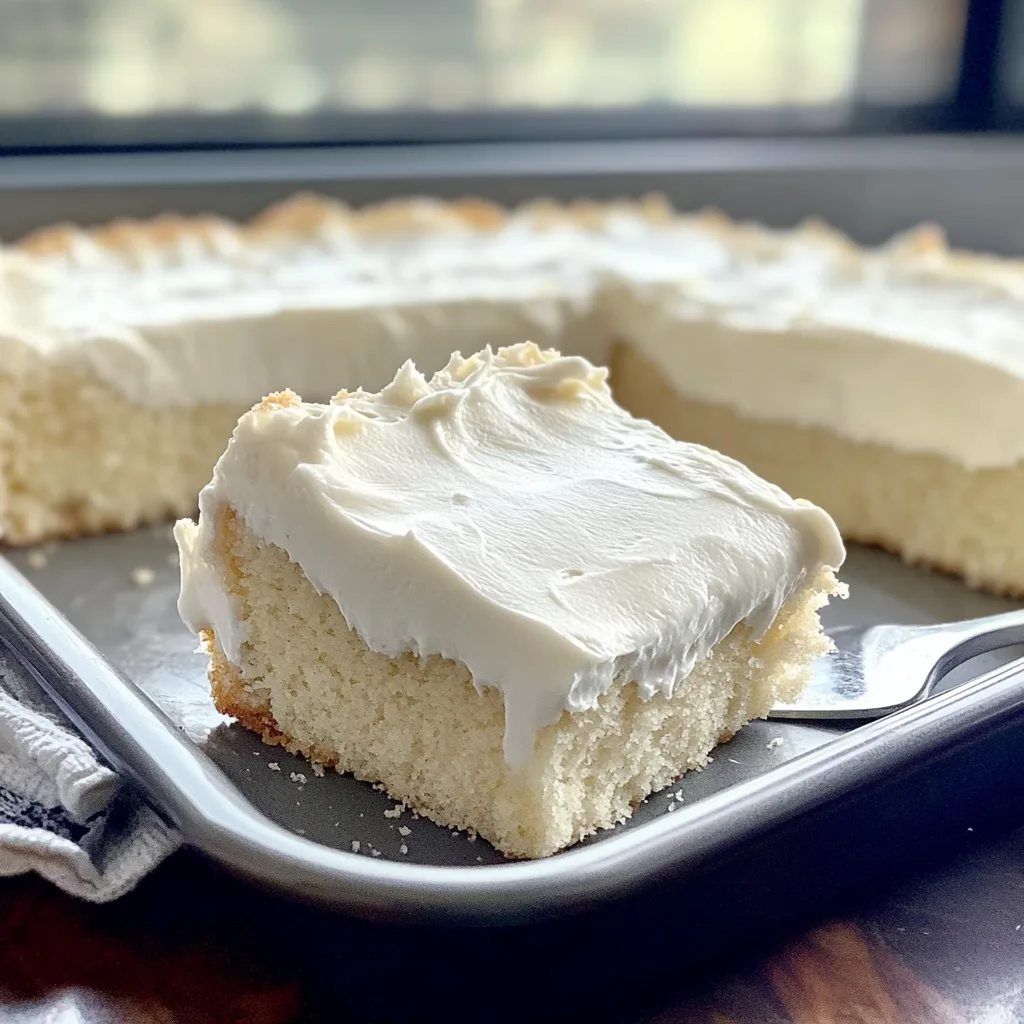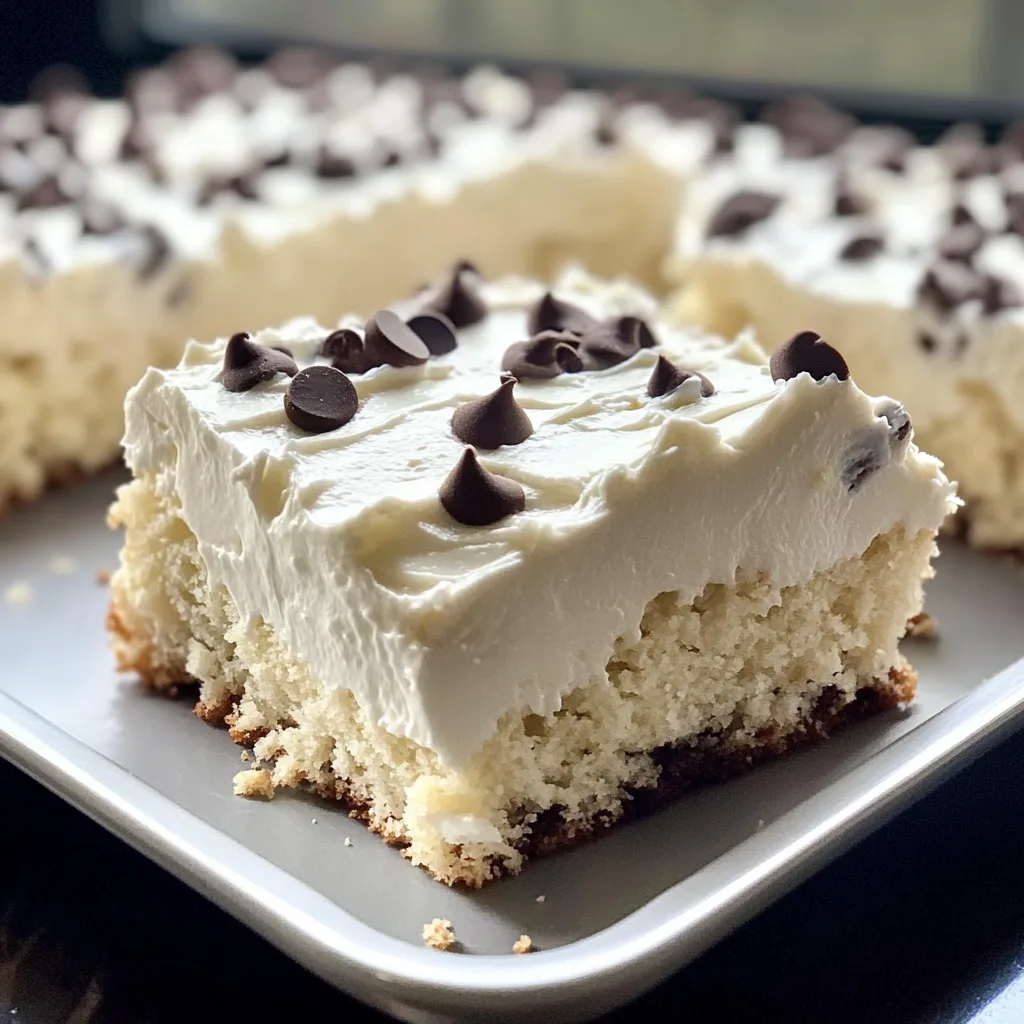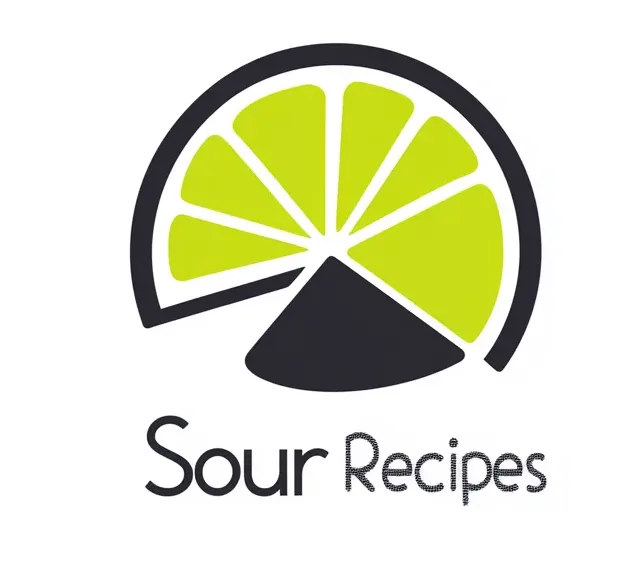The Ultimate Guide to Kefir Sheet Cake Recipe Card
The kefir sheet cake is a dessert that beautifully marries health benefits with indulgent flavors, making it a standout option for any occasion. This moist and fluffy cake owes its unique texture and tangy taste to kefir, a fermented milk drink packed with probiotics and essential nutrients. Originating from traditional Eastern European cuisine, this cake has stood the test of time, adapting to modern palates while retaining its rustic charm.
What makes this recipe particularly appealing is its versatility. Whether you’re a seasoned baker or trying your hand at baking for the first time, the kefir sheet cake is forgiving, easy to prepare, and can be customized to suit dietary needs or flavor preferences. Its simplicity doesn’t compromise on taste, as the subtle tang of kefir enhances the richness of cocoa and the smoothness of the chocolate glaze.

Beyond its taste, the kefir sheet cake offers significant health advantages. As a fermented product, kefir is an excellent source of probiotics, which improve digestion and boost gut health. Using kefir in baking also creates a natural chemical reaction with baking soda, resulting in a cake that is light, airy, and perfectly risen.
This guide will walk you through every step, from selecting the best ingredients to achieving the perfect chocolate glaze. We’ll also explore creative variations, troubleshooting tips, and the unique benefits of baking with kefir. Whether you’re preparing this cake for a family gathering, a special occasion, or just a treat for yourself, it’s sure to become a favorite in your recipe collection. Let’s dive into this delightful culinary adventure!
What Makes Kefir Sheet Cake Unique ?
The kefir sheet cake stands out because of its key ingredient: kefir. This fermented milk drink is loaded with probiotics, vitamins, and minerals, making it both delicious and nutritious. According to Health Benefits of Baked Beans, adding healthy ingredients like kefir to your diet can significantly improve digestion and overall well-being.
For those looking to explore creative baking techniques, kefir’s natural acidity reacts with baking soda, resulting in a cake that is light, airy, and perfectly moist.
Ingredients for Kefir Sheet Cake 🧁
The ingredients for this delightful kefir sheet cake are simple yet come together to create a flavorful and moist dessert. Below is a detailed breakdown of what you’ll need, along with tips and substitutions for dietary preferences or creative twists.
For the Batter:
- 2 cups all-purpose flour 🌾
- The foundation of the cake. You can substitute it with gluten-free flour or almond flour for dietary needs.
- Tip: Sift the flour for a lighter texture.
- 1 ¼ cups granulated sugar 🍬
- Provides sweetness and balance to the tangy kefir.
- Healthy Swap: Use coconut sugar or a natural sweetener like monk fruit for a lower-calorie option.
- 2 cups kefir 🥛
- The star of the show! Kefir adds tanginess, probiotics, and moisture.
- Option: Substitute with buttermilk or yogurt if kefir is unavailable, though the probiotics in kefir offer extra health benefits.
- 1 large egg 🥚
- Helps bind the ingredients and contributes to the cake’s structure.
- Alternative: Replace with a flaxseed or chia seed egg for a vegan option.
- 3 tablespoons unsweetened cocoa powder 🍫
- Adds a rich, chocolatey flavor to the cake.
- Enhance the Flavor: Use Dutch-processed cocoa for a smoother, less acidic chocolate taste.
- 1 teaspoon baking soda 🥄
- Reacts with the acidity in kefir to make the cake rise and become fluffy.
- Tip: Always use fresh baking soda for optimal results.
- ½ cup sunflower or canola oil 🌻
- Keeps the cake moist and tender.
- Substitution: Use melted coconut oil or unsalted butter for a richer flavor.
For the Chocolate Glaze: kefir sheet cake
- 1 cup semi-sweet or dark chocolate chips 🍫
- Melts into a smooth, decadent topping.
- Substitution: Use dairy-free chocolate for a vegan-friendly glaze.
- ⅓ cup heavy cream 🥛
- Adds creaminess to the glaze.
- Alternative: Use coconut cream for a non-dairy option.
- Shredded coconut, nuts, or fruits (optional) 🥥🥜🍓
- Perfect for decorating the top of the cake and adding texture.
- Creative Options: Try crushed pistachios, sprinkles, or fresh berries for variety.

Optional Add-Ins and Variations
- Vanilla extract 🌼
- A teaspoon of vanilla enhances the overall flavor.
- Orange or lemon zest 🍊🍋
- Adds a fresh, citrusy aroma that pairs beautifully with chocolate.
- Chopped nuts 🥜
- Walnuts, almonds, or pecans add a delightful crunch.
- A thin layer of jam 🍓
- Spread on the cake before glazing for a fruity twist.
These ingredients ensure that your kefir sheet cake will be a perfect balance of tanginess, sweetness, and rich chocolate flavor. The flexibility of substitutions and optional add-ins allows you to customize the recipe to your preferences or dietary needs. Ready to gather your ingredients and start baking? Let’s go! 🚀
Step-by-Step Instructions for Kefir Sheet Cake
Preparation
- Preheat the Oven: Set your oven to 340°F (170°C).
- Prepare the Baking Tray: Grease a 9×13-inch pan with oil and dust with breadcrumbs or flour to prevent sticking.
Making the Batter
- In a large mixing bowl, combine:
- 2 cups kefir
- ½ cup oil
- 1 egg
- 1 ¼ cups sugar
- 3 tablespoons cocoa powder
- Gradually add 2 cups of flour mixed with 1 teaspoon baking soda.
- Mix until the batter is smooth and lump-free.
Baking
- Pour the batter evenly into the prepared pan.
- Bake for 20-25 minutes or until a skewer inserted into the center comes out clean.
- Allow the cake to cool completely before adding the glaze.
Preparing the Glaze
- Melt 1 cup chocolate chips with ⅓ cup heavy cream in a double boiler.
- Stir until smooth and glossy.
- Spread evenly over the cooled cake.
- Sprinkle with shredded coconut or your choice of toppings.
Creative Variations and Tips : kefir sheet cake
Flavor Customizations
- Citrus Twist: Add a teaspoon of orange or lemon zest to the batter.
- Nutty Delight: Mix in chopped walnuts or almonds for added crunch.
- Fruit Fusion: Layer the cake with a thin spread of jam before applying the glaze.
Dietary Adjustments
- Replace sugar with monk fruit or coconut sugar for a lower-calorie option.
- Use almond or oat flour for a gluten-free version.
- Substitute kefir with coconut kefir for a dairy-free cake.
Internal Linking Suggestions
Enhance your baking knowledge by exploring related recipes on Sour Recipes. For example:
- Check out the guide on how to make deer chili not taste gamey to learn techniques for handling unique ingredients.
- If you’re experimenting with hearty sides, consider pairing this cake with the best saucy smoky baked beans recipe for a comforting meal.
Benefits of Kefir in Baking
Nutritional Value
- Packed with probiotics, kefir supports gut health and digestion.
- It is a good source of calcium, protein, and vitamins.
Baking Advantages
- Kefir’s tangy flavor enhances the sweetness of baked goods.
- Its acidity reacts with baking soda to create a fluffy, light texture.
For more inspiration on incorporating probiotics into your diet, explore recipes featuring fermented ingredients.
Troubleshooting Common Baking Issues
Why is My Cake Dense?
- Overmixing the batter can lead to a dense texture. Mix only until combined.
- Ensure your baking soda is fresh for the best rise.
Glaze Too Runny?
- Use room-temperature chocolate chips and add a tablespoon of powdered sugar to thicken the glaze.
Sticking to the Pan?
- Grease and line your baking pan properly with parchment paper or breadcrumbs.
kefir sheet cake

FAQs About Kefir Sheet Cake 🍰
Here’s everything you need to know about making, storing, and enjoying your kefir sheet cake. These FAQs address common questions and provide helpful tips to ensure your baking experience is smooth and successful.
1. Can I Use Buttermilk Instead of Kefir?
Yes, you can use buttermilk as a substitute for kefir, as both are acidic and will react similarly with baking soda. However, kefir offers additional probiotics that enhance gut health and bring a slightly tangier flavor compared to buttermilk.
- Pro Tip: If neither kefir nor buttermilk is available, mix 1 tablespoon of lemon juice or vinegar with 1 cup of milk. Let it sit for 5–10 minutes, and use it as a substitute.
2. How Should I Store Kefir Sheet Cake?
To maintain the cake’s moist texture and rich flavor:
- Room Temperature: Store in an airtight container for up to 3 days.
- Refrigerator: Keep it covered for up to a week. Let it come to room temperature before serving for the best taste.
- Freezer: Wrap the cake tightly in plastic wrap and then aluminum foil. Store in the freezer for up to 3 months.
- Pro Tip: If freezing, slice the cake beforehand. This makes it easy to thaw individual portions as needed.
3. Can I Make a Dairy-Free Version?
Absolutely! You can replace the dairy ingredients with non-dairy alternatives:
- Kefir: Use coconut kefir or almond milk kefir.
- Heavy Cream for Glaze: Substitute with coconut cream.
- Chocolate Chips: Opt for dairy-free or vegan chocolate chips.
The result is just as delicious and suitable for those with lactose intolerance or following a vegan diet.
4. What Can I Use Instead of Sugar?
For a healthier or lower-calorie option:
- Natural Sweeteners: Replace granulated sugar with honey, maple syrup, or agave nectar. Adjust the liquid content of the recipe if necessary.
- Calorie-Free Sweeteners: Use monk fruit, stevia, or erythritol as a substitute. These work well without affecting the cake’s texture.
- Note: Each sweetener has its unique flavor profile, so consider how it might impact the overall taste of the cake.
5. How Can I Ensure My Cake Isn’t Dense?
A dense cake can result from a few common mistakes:
- Avoid overmixing the batter. Mix just until the ingredients are combined to prevent gluten development.
- Use fresh baking soda for the best rise.
- Bake the cake immediately after mixing, as the reaction between kefir and baking soda starts quickly.
- Pro Tip: Always sift your dry ingredients to incorporate air and create a lighter batter.
6. What Toppings Work Well With Kefir Sheet Cake?
While the chocolate glaze is a classic choice, you can experiment with these options:
- Fruit Toppings: Fresh berries, sliced bananas, or a drizzle of fruit compote.
- Nutty Crunch: Sprinkle chopped walnuts, almonds, or pistachios for added texture.
- Coconut Delight: Toasted shredded coconut pairs beautifully with the chocolate glaze.
These toppings not only enhance the flavor but also add visual appeal, making your cake even more irresistible.
7. Why Is My Glaze Too Runny?
A runny glaze can happen if the chocolate and cream ratio is off. To fix it:
- Add a tablespoon of powdered sugar or cocoa powder to thicken the glaze.
- Let the glaze cool slightly before spreading; this will help it set better.
- Pro Tip: Use high-quality chocolate chips for a smoother and more stable glaze.
8. Can I Make This Recipe Gluten-Free?
Yes! Substitute the all-purpose flour with a gluten-free flour blend. Make sure it includes xanthan gum or a similar binding agent to ensure the cake holds together well.
- Bonus Tip: Almond flour or oat flour can also work, but you may need to adjust the wet ingredients slightly to achieve the right batter consistency.
9. Does Kefir Taste Strong in the Cake?
No, the tangy flavor of kefir mellows during baking and complements the sweetness of the cake. It enhances the chocolate flavor without being overpowering.
- Fun Fact: If you enjoy yogurt-based desserts, you’ll love the subtle taste kefir adds to this cake.
10. Can I Add Extra Flavor to the Cake?
Absolutely! Here are some ideas:
- Vanilla Extract: Adds a classic depth of flavor.
- Citrus Zest: Lemon or orange zest brightens the taste.
- Spices: A pinch of cinnamon or nutmeg can add warmth to the chocolate notes.
These small additions can elevate the cake and make it uniquely yours.
11. How Do I Know When the Cake Is Done?
The best way to check doneness is the skewer test:
- Insert a wooden skewer into the center of the cake. If it comes out clean or with a few moist crumbs, the cake is ready.
- Avoid overbaking, as this can dry out the cake.
12. Can I Use This Recipe for Cupcakes or Layer Cakes?
Yes, this batter works perfectly for cupcakes or layer cakes. Adjust the baking time as follows:
- Cupcakes: Bake for 15–18 minutes.
- Layer Cakes: Divide the batter into two 8-inch round pans and bake for 20–22 minutes.
This flexibility makes the recipe suitable for various occasions, from birthdays to casual gatherings.
These FAQs cover every aspect of baking and enjoying kefir sheet cake. Whether you’re troubleshooting an issue, seeking customization tips, or simply exploring the recipe’s versatility, you’ll find all the answers here. Happy baking! kefir sheet cake🎂
Conclusion: kefir sheet cake
The kefir sheet cake is a delightful dessert that combines flavor, health benefits, and ease of preparation. Whether you’re hosting a gathering or treating yourself, this cake is sure to impress. Try it today and elevate your baking game with the probiotic goodness of kefir! For more recipes and ideas, visit Sour Recipes and discover a world of culinary inspiration.
kefir sheet cake

